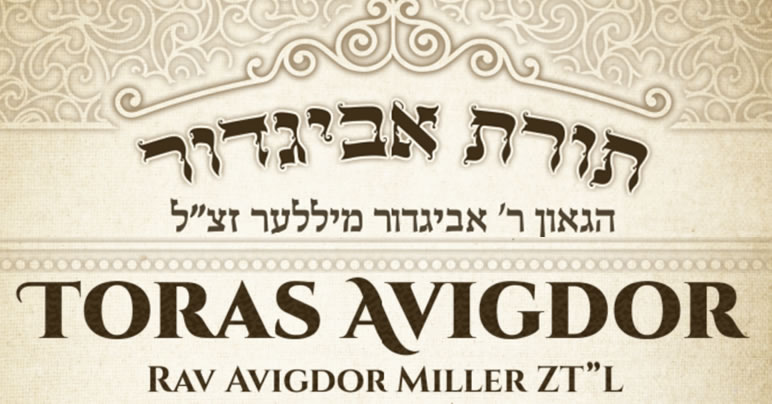Hidden Miracles

This week we will be celebrating the great holiday of Purim, when we read the Megillat Esther, which discusses clothing similarly to Perashat Tetzaveh, (4:1) "Mordechai tore his clothes and put on sackcloth with ashes." Continuing (4:4), "Esther's maids told her about it and she was greatly distressed so she sent garments to clothe Mordechai so that he might take off his sackcloth, but he would not accept." Then again, (6:7) Haman said to the King, "For the man whom the King especially wants to honor, have them bring a royal robe that the King has worn and a horse that the King has ridden, one with a royal crown on his head". Today, we also dress up on Purim, but for very different reasons than those discussed in the Perashah. On Purim we were saved from Haman, who devised a ruthless plan, along with King Ahashverosh, to kill all the Jews of Persia. Rabbi Twersky explains in his book, quoting Rav Levi Yitzhak of Berditschev on Purim, that supernatural miracles, great as they may be, are of only a short duration. The salvation of B'nei Yisrael by the Ten Plagues and the splitting of the Red Sea were open miracles only witnessed by that special generation that left Mitzrayim. We do not expect to see those types of open miracles today; however, there are many other hidden miracles that happen to all of us on a daily basis. Megilat Esther tells the story of Purim as a series of miracles that Hashem orchestrated by pulling all the strings hiddenly and behind the scenes.
Every event that occurs in the story of Purim could be seen as a perfectly natural occurrence. "A king (Ahashverosh) gets drunk and in his drunken rage executes his queen (Vashti). He then chooses a Jewish woman (Esther) through a contest to be his new queen, concealing her true origin. Her uncle (Mordechai), who just happens to be in the royal court, discovers a threat to assassinate the king and his new queen and reports this to the king, ultimately saving his life. The anti-Semitic prime minister (Haman) extracts a decree from the king to kill all the Jews in his kingdom. The king is then reminded that a Jew is the one who saved his life. The queen turns the king’s wrath against the prime minister, who is executed. Then the queen reveals her true Jewish origin and her uncle is appointed as the new Prime Minister and the Jews are saved! Not until the entire sequence of these events are strung together can one see the guiding hand of Hashem saving the Jewish nation.
So today, according to the Hatam Sofer, we celebrate being saved by dressing up and disguising ourselves in costumes, because as stated above, the story of Purim demonstrates how Hashem is protecting us and performing hidden miracles for us on a daily basis through "Hashgaha Peratit", the divine supervision of individuals. As a reminder that Hashem saved us in a hidden way, we too dress up in masks and costumes and hide ourselves. This is also the reason that Hashem's name is not mentioned in the entire Megilah, except for the first word on each page of the Masoretic text which begins with the word "Melech", (king) alluding to Hashem who is the King of all Kings.
Miracles such as these are still with us today, without the laws of nature being suspended, but through the hand of G-d. The realization that everything in this world is orchestrated by Hashem is our Emunah and a fundamental principle of Judaism. Understanding this belief enables us to entrust our lives to the guidance of Hashem, and should be a stimulation for us to live our lives according to G-d's commandments!
May we realize that Hashem is always with us, even in our darkest days when we might feel that He's not there. Hashem may be hidden, but He is always with us, pulling the strings behind the scenes for us and performing miracles for us every second of every day! Amen!
Parasha perspective By Jack E. Rahmey from the teachings and guidance of Rabbi Amram Sananes.







